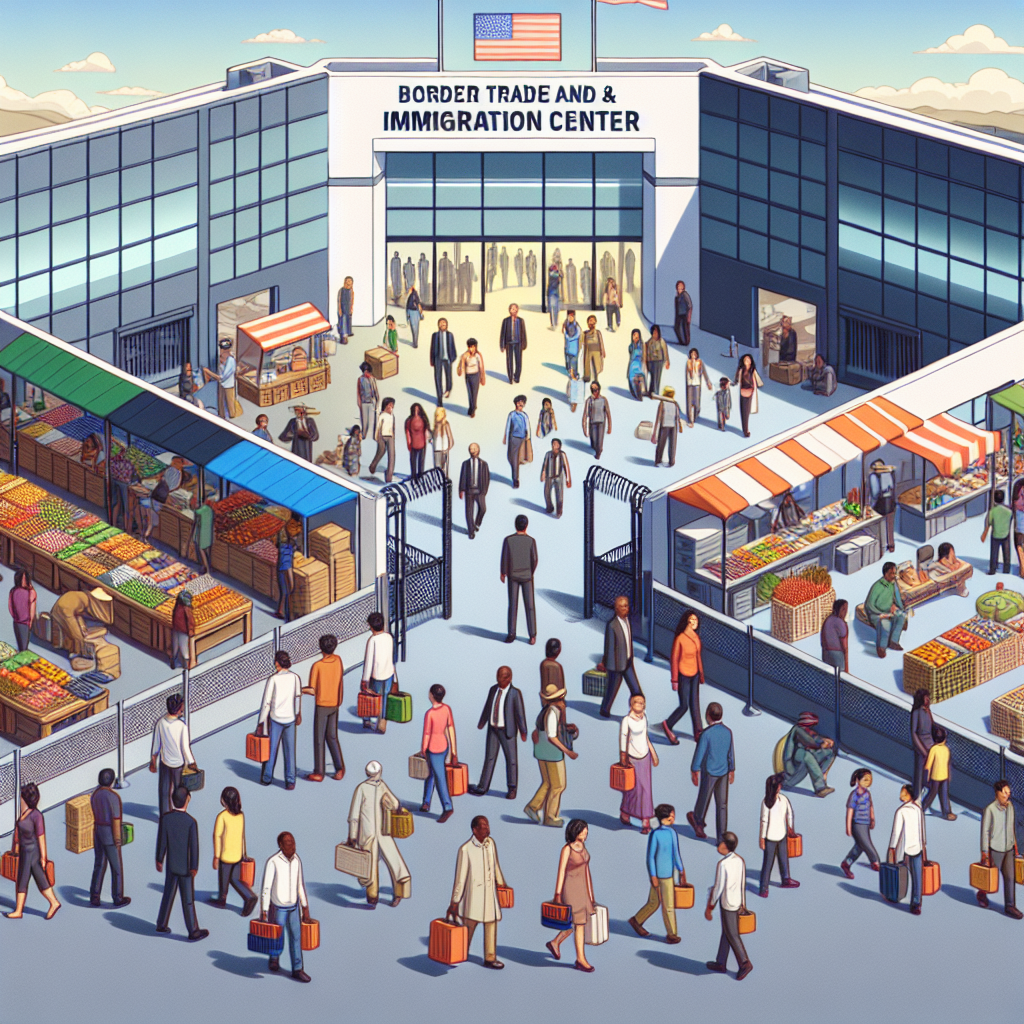Canada's Immigration Strategy and Economic Ripple Effects
Canada's new immigration reduction targets could affect the central bank's GDP growth forecasts, according to Governor Tiff Macklem. Prime Minister Trudeau's decision aims to address population growth, housing demands, and recent economic changes. Economists are skeptical about achieving growth estimates without increased immigrant-driven demand.

The recent announcement of Canada's immigration reduction targets is expected to influence the central bank's GDP growth projections, Governor Tiff Macklem revealed on Friday. He highlighted uncertainty regarding the speed of implementation of these curbs, which would subsequently affect growth estimates.
This week, Prime Minister Justin Trudeau reduced the number of immigrants allowed into Canada starting next year. His decision follows a surge in population and housing demand linked to post-pandemic immigration, contributing to fluctuating poll numbers.
Macklem noted that lower population growth might lead to decreased GDP growth, while faster household spending recovery could positively impact growth rates. The central bank's monetary policy report suggests GDP growth of 2.1% next year, a forecast doubted by economists due to the dependence on immigrant demand.
(With inputs from agencies.)
ALSO READ
Trudeau Acknowledges Khalistan Supporters Amid Canada-India Diplomatic Strain
Trudeau Admits Immigration Policy 'Mistakes' Amidst Growing Criticism
Trudeau Denounces Violence at Montreal Protests
Minister Resigns: False Claims Shake Trudeau's Cabinet
Trudeau's Pre-Election Economic Lifeline: Tax Breaks and Checks










